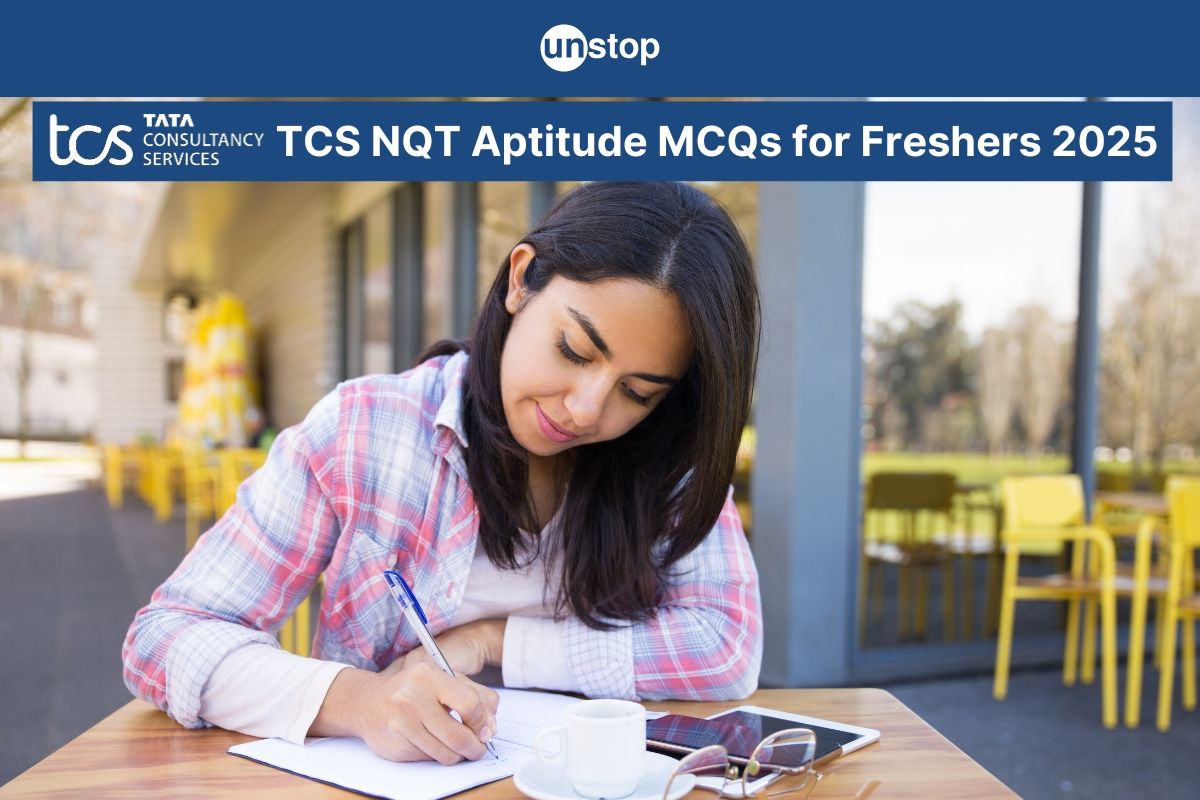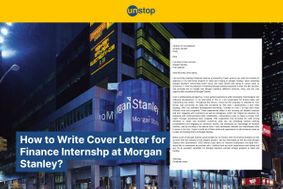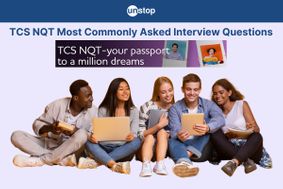- TCS NQT Recruitment Process: Overview
- TCS NQT Hiring 2025: Eligibility Criteria
- TCS NQT Hiring 2025: Application Process & Link
- Important Dates: TCS NQT Hiring 2025
- TCS NQT Exam Structure: Detailed Breakdown
- TCS NQT Hiring Categories
- TCS NQT 2025: Preparation Resources
- Conclusion
- Frequently Asked Questions (FAQs)
- Understanding TCS NQT Previous Year's Papers
- TCS NQT Latest Exam Pattern
- Download PDFs of TCS NQT Previous Year Sample Papers
- Related TCS NQT Resources
- Top 5 MCQs with Answers for TCS NQT 2025
- Conclusion
- Frequently Asked Questions (FAQs)
- Overview of TCS Ninja Previous Year Papers
- Marking Scheme and Level of Exam
- Top 5 sample MCQs for TCS ninja Exam
- Benefits of Practicing Previous Year Papers
- Preparation Tips for TCS Ninja Exam
- Conclusion
- Frequently Asked Questions (FAQs)
- Key Features of TCS NQT Aptitude Section
- Sample Question Patterns
- Top 5 MCQs for TCS NQT Aptitude Test
- Effective Preparation Tips
- Conclusion
- Frequently Asked Questions (FAQs)
- Key Topics in TCS NQT Verbal Ability Section
- Top 5 MCQs with Answers for TCS NQT Verbal Ability
- In-depth Tips & Strategies for Each Verbal Ability Section
- Conclusion
- Frequently Asked Questions (FAQs)
- Understanding TCS NQT Reasoning Ability Section
- Exam Structure: TCS NQT Reasoning Section
- Sample Reasoning Question Patterns
- Top 5 MCQs with Answers for TCS NQT Reasoning
- Effective Preparation Strategies
- Conclusion
- Frequently Asked Questions (FAQs)
- Key Topics for TCS NQT Coding Section
- TCS NQT Coding Test Pattern
- Top 5 TCS NQT Coding Questions with Answers
- Tips to Ace TCS NQT Coding Section
- Conclusion
- Frequently Asked Questions (FAQs)
- TCS NQT: Personal Interview
- TCS NQT Interview: Technical Round Questions
- TCS NQT Interview: Management Round Questions
- TCS NQT Interview: HR Interview Round Questions
- TCS Managerial Round Interview Questions
- TCS Managerial Round Interview Questions: Tips
- TCS Ninja Detailed Recruitment Process
- Exam Pattern of TCS NQT
- TCS Ninja Technical Interview
- TCS Ninja HR Interview
- TCS Ninja Offer Rollout
- Tips for TCS Ninja Recruitment
- Conclusion
- Frequently Asked Questions (FAQs)
- Overview of TCS Ninja Aptitude Test
- TCS Ninja Aptitude Exam Pattern
- Selected Ninja Aptitude Questions & Solutions (MCQs)
- Conclusion
- Frequently Asked Questions
- Topics for TCS Ninja Coding Questions
- Questions Format for Ninja Coding
- Top 5 Sample Questions with Solution
- Preparation Tips
- Conclusion
- Frequently Asked Questions (FAQs)
- Overview of TCS Ninja Interview Questions
- Best TCS Ninja Interview Questions & Answers
- Conclusion
- Frequently Asked Questions (FAQs)
- Overview of TCS Digital Recruitment Process
- Updated Exam Pattern & Structure
- Advanced Quantitative Section Details
- Reasoning Section
- Preparation Tips & Strategies
- Conclusion
- Frequently Asked Questions (FAQs)
- About TCS
- TCS Digital Eligibility Criteria
- TCS Digital Syllabus
- TCS Digital Exam Pattern
- TCS Digital Salary
- TCS Digital Interview Process
- Digital Exam for TCS Employees
- TCS Digital Preparation Tips
- Conclusion
- Frequently Asked Questions (FAQs)
- TCS Digital Aptitude Exam Format
- TCS Digital Aptitude Syllabus
- Advanced Aptitude Questions for TCS Digital
- Top 5 TCS Digital Aptitude Sample MCQs
- Preparation Tips
- Conclusion
- Frequently Asked Questions (FAQs)
- Digital Coding Questions: Topics Covered
- TCS Digital Previous Year Coding Questions
- Top 5 Digital Coding Questions with Solution
- Digital Advanced Coding Questions
- TCS Digital Coding Round Questions
- Digital Coding Questions for Freshers
- How to Prepare for TCS Digital Coding Exam?
- Conclusion
- Frequently Asked Questions (FAQs)
- TCS Digital Interview Process for Freshers
- TCS Digital Interview Questions and Answers
- Top 5 Sample MCQs for TCS Digital Interview
- Tips for Freshers Preparing for TCS Digital
- Conclusion
- Frequently Asked Questions (FAQs)
TCS NQT Aptitude Questions: MCQs with Answers for Freshers 2025

The TCS National Qualifier Test (NQT) serves as a career-launching platform for freshers aiming to join Tata Consultancy Services (TCS) or other top corporations. Among its various sections, the Aptitude Section is a decisive component, testing problem-solving abilities, logical reasoning, and numerical aptitude.
Preparing effectively for this section is crucial for success, and this guide equips you with essential details, preparation tips, and frequently asked questions to streamline your journey.
Key Features of TCS NQT Aptitude Section
|
Feature |
Details |
|
Topics Covered |
Arithmetic, Algebra, Probability, Geometry, Data Interpretation, Logical Puzzles |
|
Difficulty Level |
Moderate to high, requiring a mix of speed and accuracy |
|
Question Types |
Multiple-choice and fill-in-the-blank style questions |
|
Time Duration |
Part of a broader test, usually allocated 30-40 minutes |
|
Test Mode |
Online proctored test or at designated TCS iON centers |
The aptitude section evaluates analytical thinking, quantitative skills, and logical reasoning, reflecting an applicant’s ability to handle real-world challenges.

Sample Question Patterns
|
Category |
Example |
|
Arithmetic |
A man spends 25% of his income on rent and 15% on groceries. If he earns ₹40,000, what is his saving? |
|
Probability |
A box contains 3 red balls and 2 blue balls. What is the probability of drawing a blue ball? |
|
Data Interpretation |
Interpret a pie chart showing sales distribution across regions and answer related questions. |
Dreaming of a prestigious corporate career? Click here to explore quantitative mock tests tailored for placement exams, designed to help you shine in any corporate recruitment process.
Top 5 MCQs for TCS NQT Aptitude Test
Explanation
Answer 1: When A runs 10 km, B runs only 9 km. This gives the speed ratio of SA:SB = 10:9.
Similarly, when B runs 10 km, C runs only 9 km, giving SB:SC = 10:9. Combining these ratios, SA:SC = 100:81
Thus, when A finishes 10 km, the distance C runs is proportional to their speed ratio, and so,
Distance covered by C=81/100 * 10 = 8.1 km. Difference between A and C = 10 - 8.1 = 1.9 km or 1900 meters.
Answer 2: A and B invest in the ratio 3:2, and 5% of the total profit goes to charity. A’s share after charity is Rs. 855. Let the total profit be x. After donating 5%, the remaining profit is 95% of x=0.95x. A’s share is 3/5 × 0.95x, which equals Rs. 855. 3/5×0.95x=855
0.57𝑥=855⟹𝑥=1500
Answer 3: A, B, and C invest for different periods and amounts. The profit is shared based on the product of investment and time.
A’s investment: 6500×6=39000
B’s investment: 8400×5=42000
C’s investment: 10000×3=30000
The total investment ratio is 39000:42000:30000=13:14:10.
The total profit is Rs. 7400, of which A receives 5% (Rs. 0.05×7400= 370) as the working member.
The remaining profit is 7400−370=7030.
The profit distribution for B is:
14/37 * 7030 = 2660
Answer 4: 15% of the shirts are defective, leaving 85% non-defective. Of these, 20% are sold domestically, leaving 80% for export. The shirts exported
are 8840. Let the total number of shirts produced be x. Non-defective shirts: 0.85x
Exported shirts: 80% of non-defective shirts = 0.8×0.85x=8840.
0.68x=8840⟹x =13000
Answer 5: Mayank buys candies for Rs. 15 a dozen and Rs. 12 a dozen and sells them at Rs. 16.50 a dozen, making a profit of Rs. 150. Let the number of dozens of each type be x.
Total cost price: 15x+12x=27x
Total selling price: 16.50×2x=33x
Profit: 33x−27x=6x.
Given the profit is Rs. 150:6x=150⟹x=25
Total dozens bought: 2x=2×25=50.
Effective Preparation Tips
- Understand the Syllabus
Familiarize yourself with the official TCS NQT syllabus and focus on key areas such as percentages, profit and loss, time and work, and permutations. - Practice Previous Year Questions
Reviewing previous years' questions helps understand patterns and commonly asked topics. For example, questions like "Find the missing number in a sequence" are popular in reasoning sections. - Utilize Online Mock Tests
Platforms like TCS iON provide official sample tests. Mock tests simulate the actual exam environment, helping improve time management and identify weak areas. - Revise Basic Concepts
Strengthen fundamentals in topics like arithmetic operations, geometry, and algebra. Quick mental calculations can be a game-changer during the test. - Focus on Logical Reasoning
Logical puzzles, seating arrangements, and blood relation problems often appear in TCS NQT. Practice consistently to build confidence.
Conclusion
The TCS NQT Aptitude Section can seem challenging, but with consistent practice, a solid strategy, and the right resources, success is well within reach. Stay focused, utilise mock tests, and strengthen your foundational skills to ace this exam.
Frequently Asked Questions (FAQs)
1. What is the exam pattern of TCS NQT Aptitude?
It consists of numerical aptitude, reasoning ability, and basic data interpretation questions. Generally, 30-35 questions are asked.
2. Are previous year questions available officially?
While TCS doesn’t release papers officially, several online platforms provide detailed question banks.
3. What weightage does the aptitude section carry?
It carries significant weight, often contributing around 30% of the total score.
4. Is there a negative marking scheme?
Generally, no negative marking is applied, but candidates should verify test-specific instructions.
5. How can I register for TCS NQT?
Visit the TCS iON Portal to register. Create a profile, select the test, and pay the application fee.
Disclaimer: While we strive for accuracy, we do not guarantee its completeness or reliability. Readers are encouraged to verify all facts and statistics from the official company website or check independently before making decisions.
Suggested reads:
- Tech Mahindra Verbal Ability Test: Best MCQs & Tips for Freshers
- Tech Mahindra Aptitude Test: Top 5 MCQs with Answers for Freshers
- Tech Mahindra Logical Reasoning Test: Top MCQs with Answers & Tips
- CoCubes Logical Reasoning Questions: Top MCQs with Tips for Freshers
- Cocubes Verbal Ability Questions: Pattern, Syllabus & Sample MCQs
Instinctively, I fall for nature, music, humor, reading, writing, listening, traveling, observing, learning, unlearning, friendship, exercise, etc., all these from the cradle to the grave- that's ME! It's my irrefutable belief in the uniqueness of all. I'll vehemently defend your right to be your best while I expect the same from you!
Login to continue reading
And access exclusive content, personalized recommendations, and career-boosting opportunities.
Subscribe
to our newsletter
Blogs you need to hog!

How To Write Finance Cover Letter For Morgan Stanley (+Free Sample!)

55+ Data Structure Interview Questions For 2025 (Detailed Answers)

How To Negotiate Salary With HR: Tips And Insider Advice













Comments
Add comment